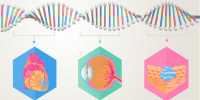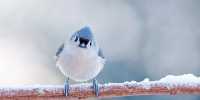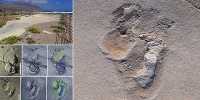It’s not easy to be a teenager, but things got a little easier for bats in the UK because the National Trust put in some non-slip tiles to scaling Oxburgh Hall, Norfolk Atticus, a little easier for DD nails.
It is thought that bats have probably used the high attics of eroded halls for centuries, showing how man-made structures can become valuable habitats for wildlife and should be renovated accordingly. David White, project manager for the National Trust, told the BBC: “In the past, there were signs of maternal chicken, but the current use was as a day and night roast for brown long ears and the number of common pipistrelle bats.”
The Roof Million Dollar (over $8 million) replacement roof will replace the abandoned tiles on the hall’s roof. However, in the case of the UK’s green space and wildlife conservation, inspired by the National Trust, the replacements will bring something extra for the nation’s Bonnie Wee bats. To make things easier for bats to travel to Oxburgh, some new tiles will be painted to rough their surface, imitating old tiles.
These new tiles will surround the roasting sites preserved on the wide roof (one of the largest such reforms in the history of the trust) meaning that bats can easily move around safely inside. Due to being so huge, the project took some time, but the trust has set up a temporary bat hotel to accommodate its residents.
“We worked with bat experts to build a new rooster at the nearby Bell Tower and place bat boxes in the trees on the north roof to provide alternative chicken coop during roof work,” White continued. “Currently the bell cannot be rung at the bell tower so that the bats are not disturbed.” Although bat PR is arguably not the best in recent times, numerous videos on the Internet attest to the ‘watch the baby’ factor of these animals and multiple studies have shown that they create some amazing behaviors in wildlife talking about their own kind of baby and creating great foster parents.
In addition to being a sweet dog in the sky, bats are an important and convenient part of the ecosystem, attracting land-dwelling ecosystems with inconvenient mosquito bites and guano-dense mats.















